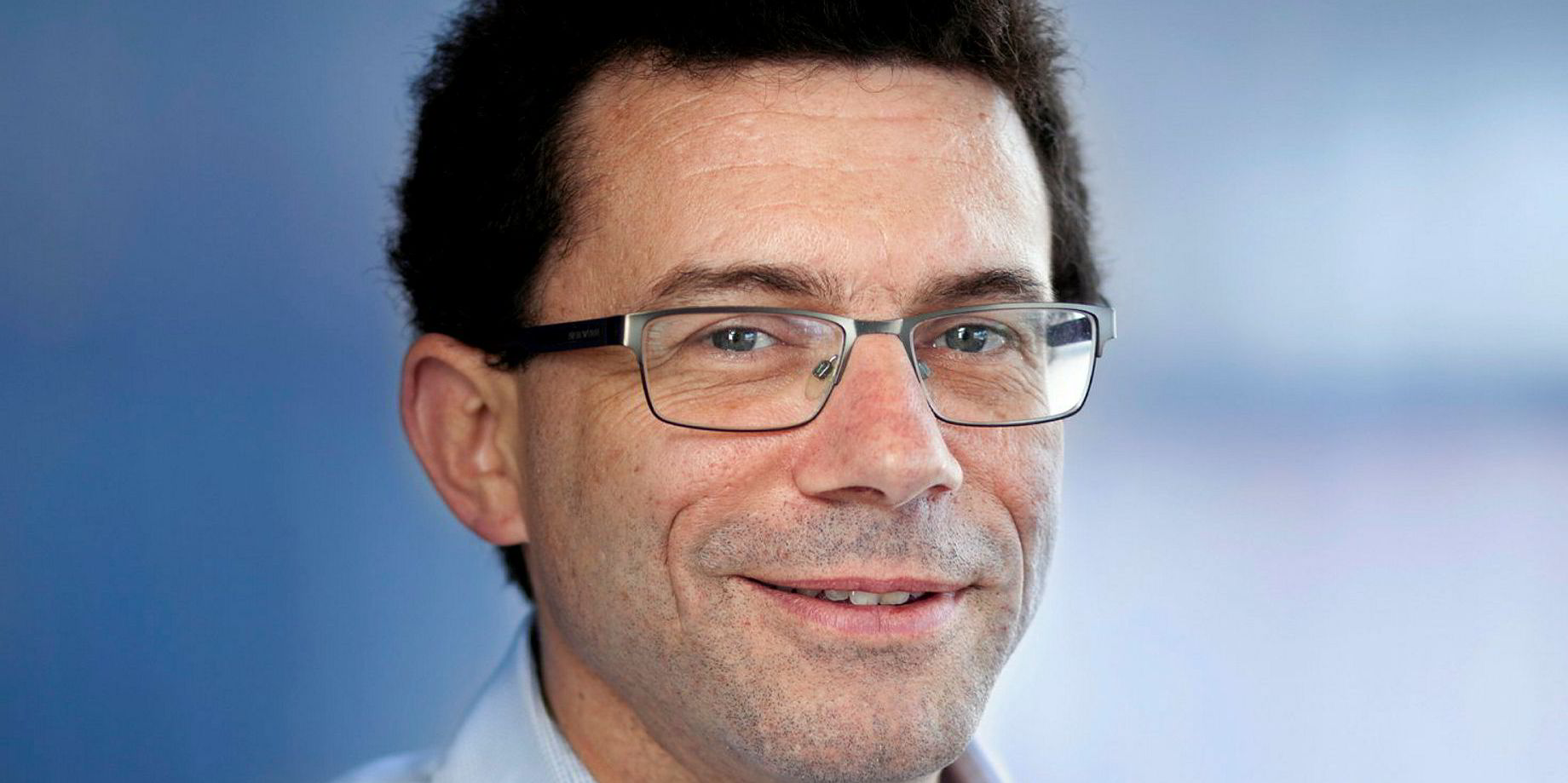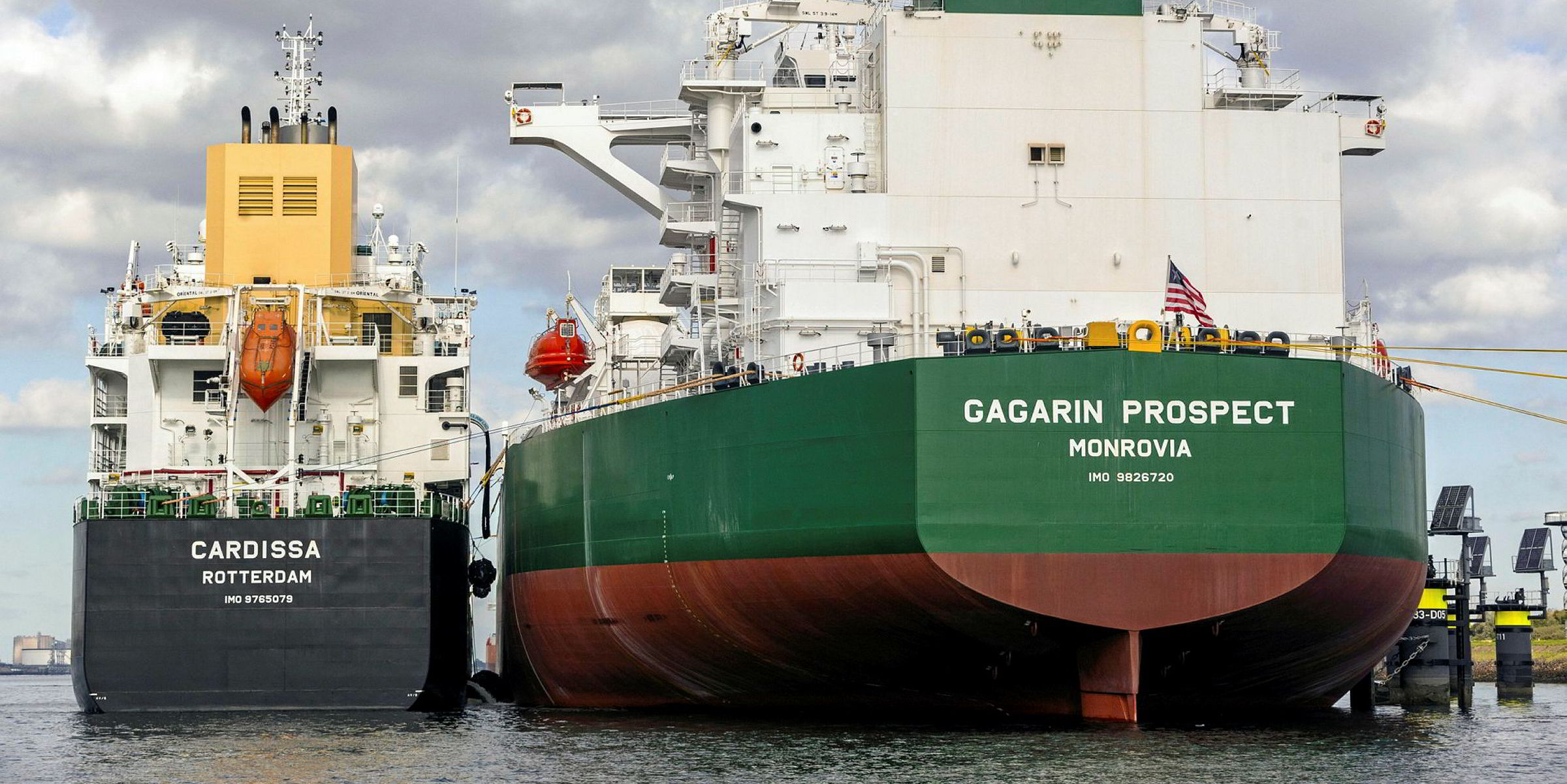1. Shipowners need to plan ahead to pass the 2020 test
Closely detailing and documenting how owners intend to comply with the sulphur emissions cap will help them avoid costly fines come deadline day.
2. Could blending fuels hamper quality?
Shipowners are becoming increasingly concerned that new low-sulphur blended fuels, which will enter the market in 2020, might be even more prone to contamination than fuels currently available.
3. New IMO-compliant fuels to emerge amid pricing and specification risks
What we have to make clear is that ships should start preparing right now [for IMO 2020]. Ships should be in a position to start contacting bunker suppliers.
With the upcoming IMO 2020 rules, 0.5% sulphur fuels are expected to become the preferred choice in the global bunker mix — but it will likely take the shipping industry several quarters to adjust.
4. HSFO set for long life despite IMO 2020 deadline
High-sulphur fuel oil may remain in the global bunker market well beyond 2020 — even though it will no longer be the fuel of choice.
5. LNG fuelling proves to be a slow burner for the industry
But the next wave of newbuildings for deepsea vessels across all types could change that.
6. SGMF digs deep into gas' impact from 'well to wake'
One of the arguments voiced against LNG fuelling is that while it eliminates SOx emissions, reduces particulates to virtually zero and emits 90% fewer NOx emissions than existing heavy fuel oil, it still emits CO2.
7. Hapag-Lloyd prepares to test all 2020 compliance solutions
Container line explains practicalities of plans to trial scrubbers and LNG fuelling.
8. Industry must go ‘last mile’ on LNG bunkers — Hapag-Lloyd
Jorg Erdmann estimates that it will take until 2025 before there is worldwide LNG bunker coverage.
9. Transition choices emerge to meet the IMO's 2030 target
Looking beyond 2020, the IMO has set the industry the target of reducing shipping's carbon emissions by 40% from 2030. But what transition choices can vessel owners and operators make now to achieve this?

10.BW LPG lines up to be the first with an LPG-fuelled vessel
Pontus Berg explains retrofit job on VLGC quartet and why the fuel might have the edge over LNG.
11. LPG given the big sell as a cheaper fuel alternative
On LPG fuelling, Pontus Berg is convinced of one thing: “It will be cheaper than [other 2020] compliant fuel. ... I’m certain of that.”
12. Norsepower harks back to the past to harness future energy
The ultimate future fuel may mean going back to the past to take advantage of carbon-free wind energy.
13.Hydrogen carrier prepares for its marine debut in Japan
Seen as a zero-carbon alternative for 2050 and beyond, Japan is putting a pilot marine supply project into play.
14. Solutions need to be sought to avoid 2020 charterparty rows
Owners and charterers must find a way to work through the historic transition to cleaner fuels or face a legal nightmare.




